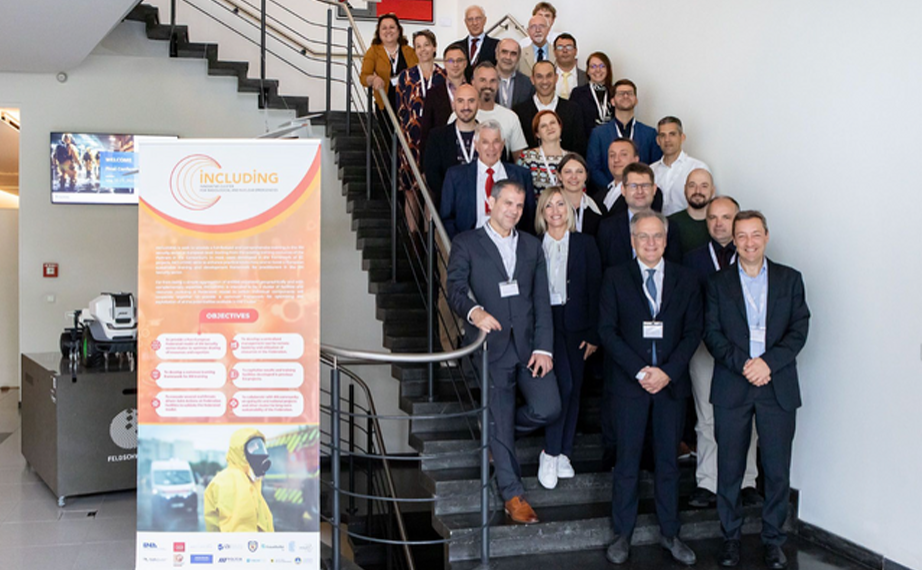The recently completed European project INCLUDING (Innovative Cluster for Radiological and Nuclear Emergencies) laid the foundation for a new era of cross-border cooperation in the preparedness and response to radiological and nuclear emergencies across Europe. The project, featuring INESC TEC, resulted in a collaborative approach and solutions that allows shared access to specialised facilities, equipment and training programmes.
Characterised by the release/potential release of radioactive materials, nuclear emergencies pose serious risks to public health and safety. The consequences of incidents like the Chernobyl (1986) and the Fukushima Daiichi (2011) nuclear disasters underscore the urgent need for effective international cooperation to address these situations.
This was the basis for the INCLUDING – a European project that aimed to build a federated structure that enables the sharing of vital resources, expertise and training across Europe. This endeavour sought to strengthen the region’s collective preparedness and resilience in the face of evolving radiological and nuclear threats.
“Radiological and nuclear emergencies are among the most complex crises feared by the authorities”, said Miguel Melo, researcher at INESC TEC. “As new threats emerge, a coordinated, cross-border preparedness and response approach is crucial. The INCLUDING project focused precisely on this question”.
How? Over the past five years, INCLUDING has established a federated model to provide shared access to specialised facilities, equipment and training programmes across Europe, supported by a centralised management tool for remote resource booking. It also developed a common learning framework to harmonise training in response to radiological and nuclear emergencies.
This framework relied on the use of virtual reality technologies – a task entrusted to INESC TEC.
“We worked to promote the use of virtual reality (VR) in the training of first responders and experts in the radiological and nuclear domains”, stated the researcher, adding that the Institute led the effort to integrate VR content into the architecture of the platform, while developing innovative solutions to fill gaps in training and certification. “These efforts led to the development of immersive training environments designed to prepare first responders and experts for complex decision-making scenarios under realistic conditions”, mentioned Miguel Melo.
According to the researcher, “significant steps were taken in the normalisation of education and training in the radiological and nuclear sectors”.
The collaborative approach of the project has been tested and validated through joint exercises and demonstrations and has established links with the wider nuclear and radiological safety community, including other EU projects and national initiatives – to ensure the long-term sustainability of the INCLUDING framework.
“There is still a lot of work to do, but we have built a vital foundation for the future of radiological and nuclear emergency management in Europe”, added Miguel Melo. “By bringing together experts and resources from across the continent, we have demonstrated the power of cross-border cooperation in building preparedness and response capacities”, he acknowledged.
The results of the project and the training materials, including the VR-based solutions developed by INESC TEC, will be shared with the nuclear and radiation safety community to continue the advances in this critical area of public safety. In the future, consortium members plan to explore opportunities to maintain and expand the INCLUDING structure beyond the initial scope of the project.
Launched in 2019, the project brought together a consortium of 15 partners from 10 European Union (EU) member states, including medical organisations, first responders, government agencies and research institutes.
The INCLUDING was funded by the European Commission’s Horizon 2020 programme under the Pan-European clusters of professionals and other security actors – innovation clusters from across Europe that manage demonstration sites, testbeds and training facilities.
The researcher mentioned in this news piece is associated with INESC TEC and UTAD.



 News, current topics, curiosities and so much more about INESC TEC and its community!
News, current topics, curiosities and so much more about INESC TEC and its community!